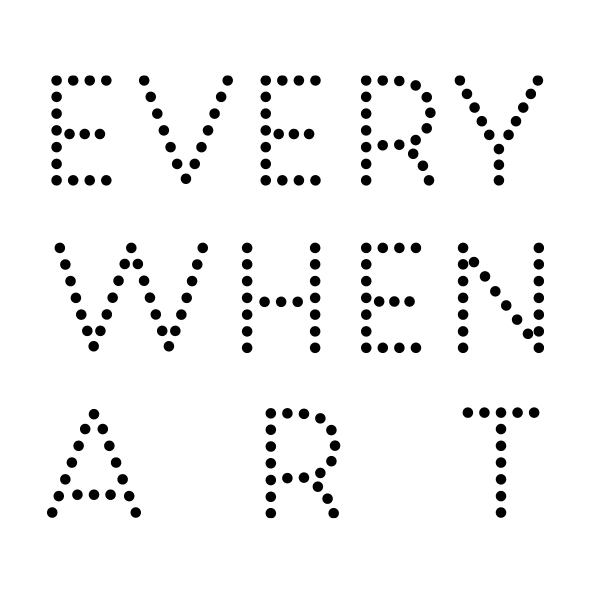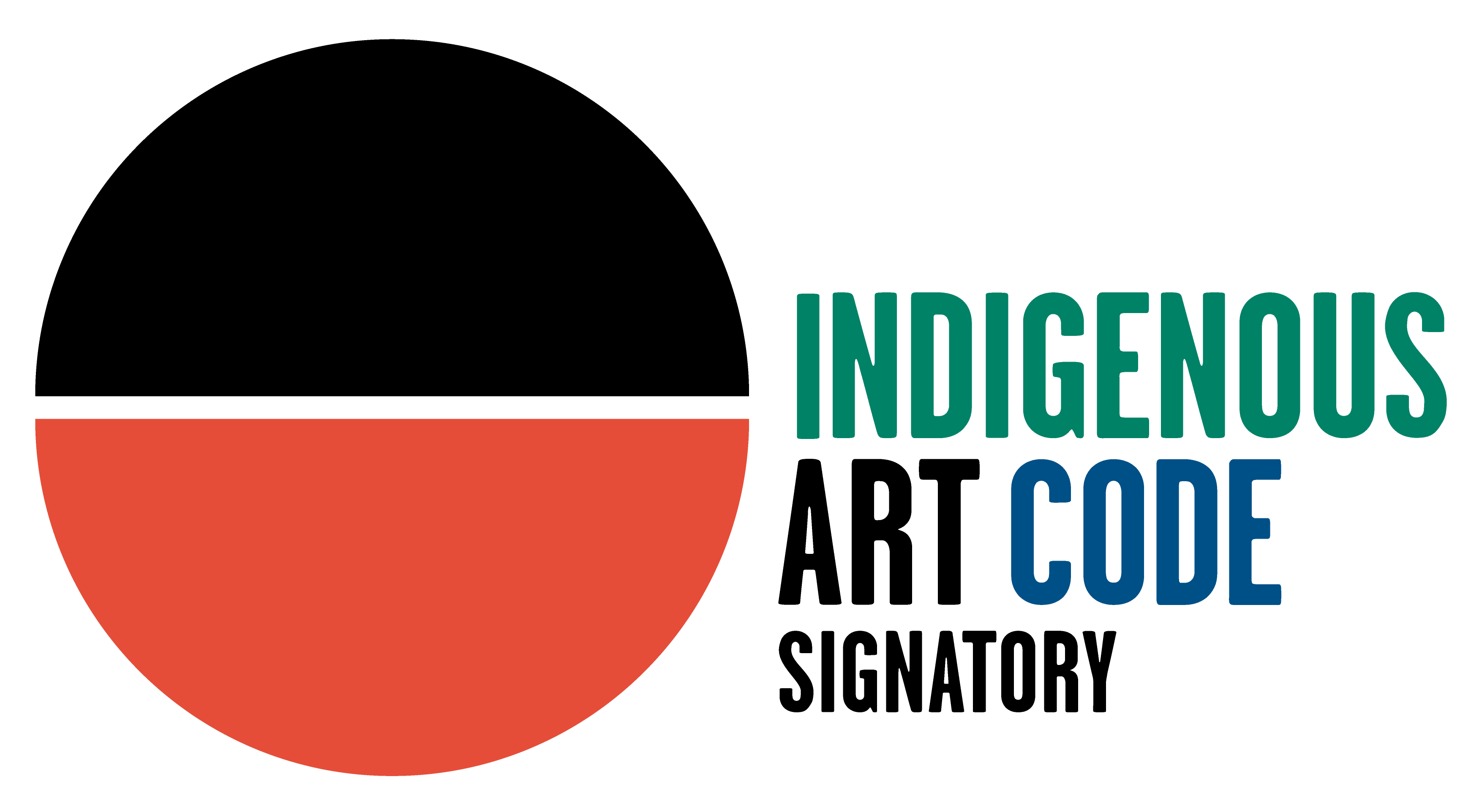Born on Nicholson Station in Western Australia, in 1944 Jock Mosquito worked as a stockman on Nicholson Station and on many other cattle stations in the Kimberley. Jock is a senior Jaru elder and speaks 17 local languages. Jock was born on Nicholson Station bordering on desert country and situated over the Northern Territory border from Kununurra (East Kimberley) where he resided in the Kununurra and Warmun Communities.
He spent his working life based at Nicholson and, like other stockmen of his day, mustered on surrounding stations. The best of his profession were valued and the station owners provided them with as much work as they wished as mustering time varied throughout the region.
Jock did not ever know his mother – his father and grandmother ‘grew him up’. He had the opportunity to go to Beagle Bay for schooling but his father and grandmother did not wish him to go – a fact which he has regretted all his life. Jock has often commented that ‘if I had spent more time in school than the stockcamp, I would be a lot better off’. With no formal education, Jock avidly participated in important cultural and business matters in his country. He was Chairperson of the influential Wunun Regional Council and has been a leading figure in Aboriginal Affairs in the Kimberley.
He married Doreen, a Kitja woman from Warmun (Turkey Creek). Jock met Doreen when she was at school in Halls Creek – Doreen was fortunate to have the schooling that he had missed out on. They have six boys and two girls and ‘almost forty’ grandchildren. He is a real family man and has been rewarded by his children who support their mother and father and form a tight-knit and caring family group
He became the chairperson on Wunun Regional council and Chairperson of Balangari Aboriginal Corporation. He was involved with the Turkey Creek artists who developed the style of ochre painting from Warmun, that evolved from the ceremonial dance boards in the 1970s.
Jock Mosquito remained a committed community figure late into his life, and made his paintings alongside his other social duties. In 2005 Jock Mosquito had a stroke that forced him to adapt his painting style to a more minimal style, and his powerful ochre paintings from the following years were grand statements of his life’s journey.


